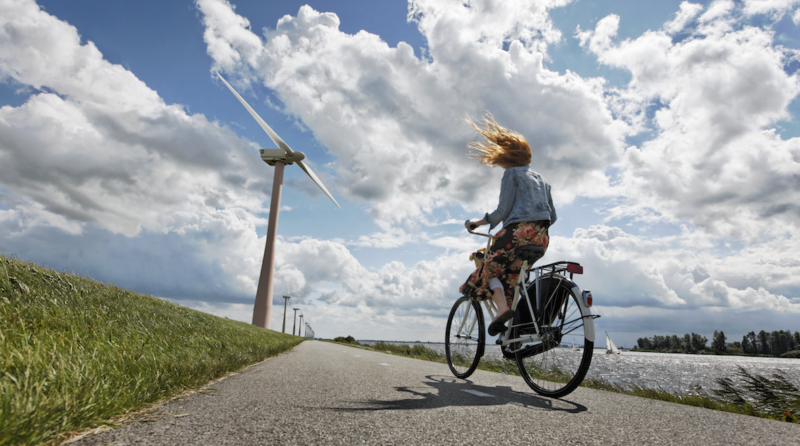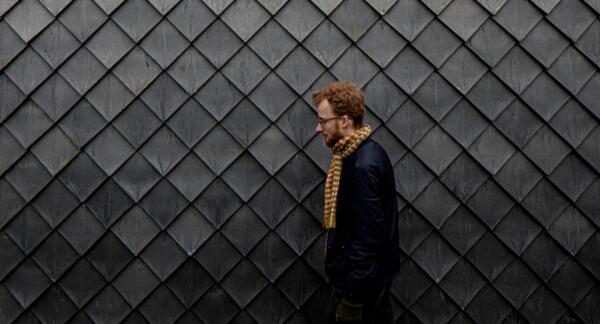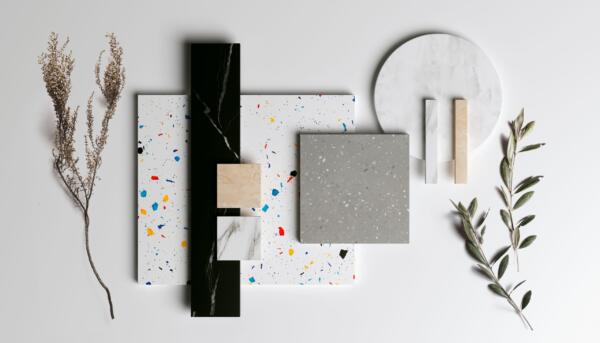Rijkswaterstaat – Circular innovations
As the largest client in the construction sector, Rijkswaterstaat uses a lot of raw materials, particularly sand and soil. These materials are widely available and do not get exhausted quickly. However, the government agency needs large quantities of it. The extraction and transport of these materials effect the climate considerably. Rijkswaterstaat has the ambition to reduce the use of primary raw materials by 50% and to work circularly by 2030.

"Rijkswaterstaat has the ambition to reduce the use of primary raw materials by 50%"
High-qualiy reuse
Rijkswaterstaat uses large amounts of recycled material. For example, construction waste is used for foundations on highways. But that is not 100% circular yet. The material eventually ends up on the waste heap. Therefore, they developed the principle of ‘high-quality reuse’, in which waste always becomes a full-fledged raw material.
Circular Design
In order to keep materials in circulation as long as possible, it is important to think beyond just the initial design of a road or structure and about its future reuse. Rijkswaterstaat thinks carefully about the future reuse and transportability of raw materials and objects. They want to increasingly use circular design principles – such as modular or adaptive design – for the renovation or new construction of roads or buildings.
Rijkswaterstaat ‘s goals are to reuse raw materials at a high level, work without producing waste and contribute to climate change mitigation. To achieve this, the institution started to collaborate with designers, contractors, knowledge institutes and co-governments in various projects. In doing so, Rijkswaterstaat gathers knowledge, develops tools and gains practical experience.
Biomass
Biomass is part of Rijkswaterstaat ‘s vision to work circular by 2030. They increasingly use bio-based materials for construction and maintenance. Think of traffic signs, lampposts, street benches – all made from organic waste like tree or grass cuttings. It also increases biodiversity by, for example, improving the habitat of bees. To accomplish this, Rijkswaterstaat works together with contractors – thus contributing towards a more sustainable and circular society.



